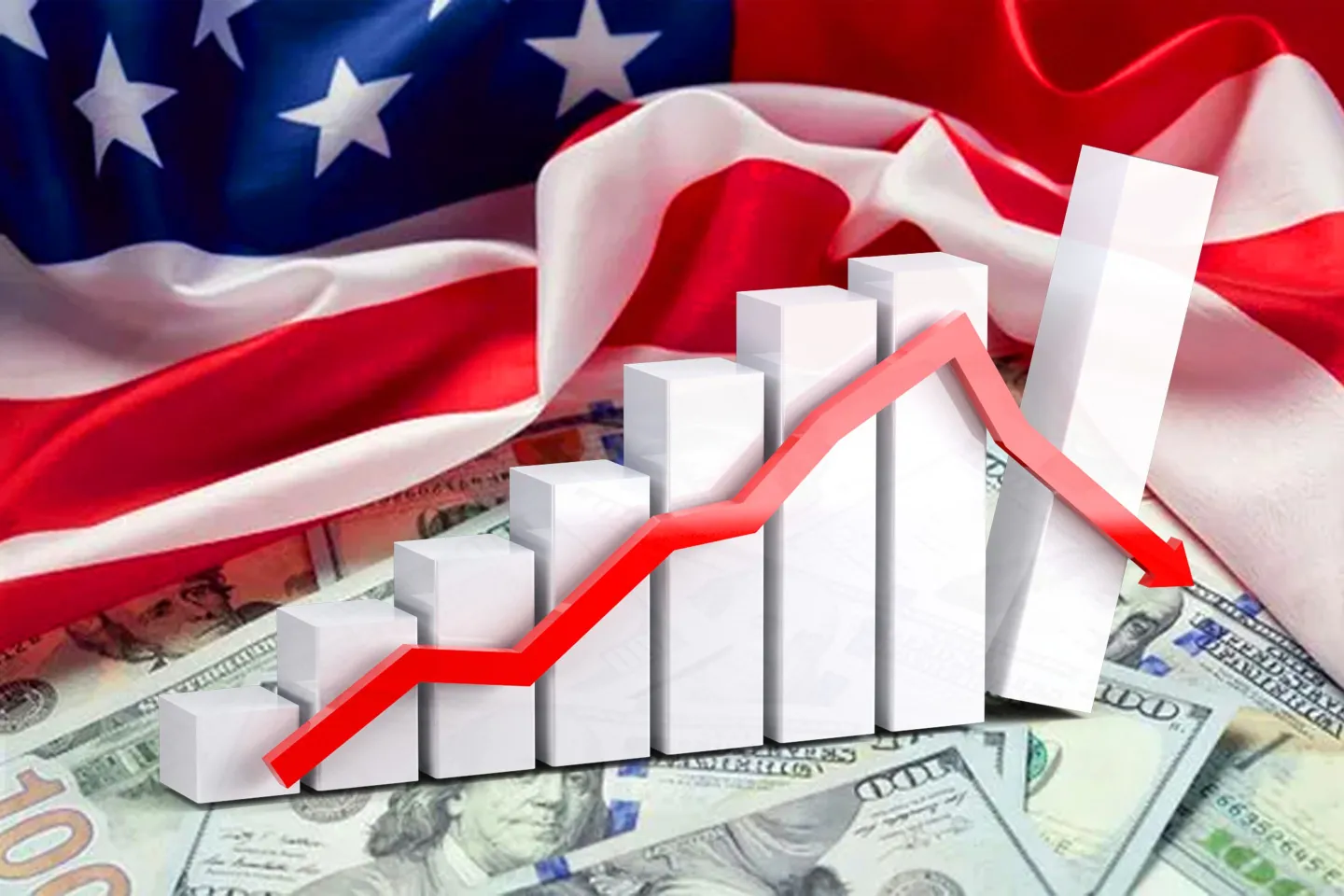
11 Apr Why Real Estate Investors Should Brace for the Threat of Stagflation
The current American economy faces the risk of entering an extended period of stagflation because both inflation continues upward and unemployment increases while economic development stagnates. Bill Dudley who was previously the Federal Reserve President warned that present economic frameworks pose a potential risk of stagflation to lead America into an economically tumultuous period for real estate stakeholders.
Dudley issued a warning through his recent opinion paper that extensive tariffs would weaken American product demand worldwide and cause inflation to reach near five percent in future months.
According to Dudley tax cut implementation by Congress will have minimal influence on economic pressure because lower-income families allocate many more resources to basic expenses. The groups facing the biggest price increases from the tariffs receive limited benefit from delayed tax cut implementations that affect their lives only gradually.
During early April president Trump created market stability by implementing a 90-day trade tariff freeze against dozens of countries yet the Chinese import rates stayed high at 125%. The period of suspension provides limited comfort but its fixed duration allows economic confrontation to resume in the future.
Even Though This Outcomes Have Bright Points They Become Troublesome
The economic condition of stagflation creates a harmful dilemma for central banks through its dual challenge. Raising interest rates to fight inflation leads directly to a decreased economic growth rate. Rate reductions in order to boost the economy will trigger more inflationary pressure. Each path from this scenario adds excessive strain to the housing industry.
The situation could be worse than optimally as Dudley believed stagflation offered better prospects because more severe challenges of full recessions combined with enduring inflation were possible.
Massive Wealth Erosion
Financial organizations raised their voices of warning during the time before the temporary tariff suspension was implemented. The Wall Street Journal reported trillions of market value vanished after initial tariff announcements during a short period.
Federal Reserve Chair Jerome Powell warned about the broad impact of tariffs before alerting about possible economic risks. The economic analysis requires completion before taking action according to Powell who also worked with Bernstein who explained the divergent challenges that stagflation brings to monetary policies. When confronting both a slowdown and inflation central banks need to follow different strategies because standard policy solutions apply only to individual economic forces.
A growing conflict exists between the members of the Fed and officials within the White House.
The White House president has been open about his quick rate cut preferences and has specifically criticized Powell for what he views as prolonged inaction. The president uses his social media to push for Federal Reserve interest rate reductions while he launches attacks on Powell’s supposed political involvement.
New research from Bloomberg indicates that the White House and the central bank are forming major divisions because trade policy effects become more obvious over time.
Rate Cuts Won’t Solve Everything
The real estate investing community considers decreasing interest rates as the perfect solution which enhances affordability and drives investment and minimizes financing expenses. White House pressure has not yet persuaded the Fed to release monetary policy decisions quickly.
According to Ruchir Sharma of Rockefeller International inflation should not be considered a fleeting phenomenon. BlackRock CEO Larry Fink shared the same assessment by forecasting higher inflation due to which interest rates would elevate rather than decrease from existing levels.
Implications for the Real Estate Sector
The economic condition of stagflation will affect every area of the real estate sector.
Construction Costs Surge
Builders represent the initial sector that will face high inflation costs. The increased expense of importing lumber and drywall materials might result in thousands of dollars of additional costs to build an average house. The creation of profitable real estate developments by developers and house flippers becomes challenging due to materials shortage conditions that stretch project schedules and reduce profit potentials.
Affordable Housing Challenges
Workers affected by declining wages and increasing joblessness will drive up demand for low-cost residential properties. The combination of increasing development expenses with possible funding reductions in housing initiatives makes affordable construction initiatives more challenging to finance and maintain.
Sluggish Home Sales
Lending market instability alongside elevated borrowing rates influences real estate agents to encounter shrinking prospects in the industry. The decline in transaction volume results in diminished broker commissions which affect all brokerage operations throughout America.
Mortgage Market Slowdown
The business activities of mortgage brokers will experience a significant decline in operation. Between fewer home transactions that result from higher rates and stricter borrowing regulations financial institutions could experience revenue decreases from reduced loan applications.
Looking Ahead
This current economic turbulence might possibly lead to positive effects. The resurgence of domestic manufacturing and job creation seems possible when tariffs lead to such a development. The majority on Wall Street show doubt about any positive effects. Two major business leaders Jamie Dimon and Bill Ackman along with Elon Musk have all publicly demonstrated serious concerns regarding the trade policies.
Market perceptions together with sudden shifts in policy have caused interest rates to experience extensive volatility. Home sales contract increases during recent months have not achieved numbers close to typical historical standards.
The housing market would receive a boost from substantial interest rate cuts according to Lawrence Yun from NAR because such moves would enhance affordability and reduce homeownership lock-in situations. Current conditions do not suggest downward rate changes will occur anytime soon.
The most effective approach to restore normal trade practices stands as diplomatic talks between countries to reduce restrictions and stabilize international trade standards. The length of time Wall Street remains disturbed by presidential reform actions reaches beyond what most Americans will tolerate in political settings.

